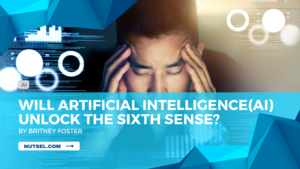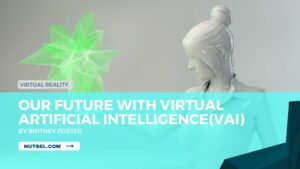Introduction
Artificial Intelligence(AI) and time travel have been here for a long time. Although they have nothing to do with each other as of now, the incomprehensible combination of AI and Virtual Reality(VR) could open doors for Time Travel in the future.
We’ll get into the hows, ifs, and whens of AI + VR assisting Time Travel. But first of all, let’s be clear about all three concepts:
Virtual Reality – This reality is a simulated 3D environment constructed with technology in which an individual may interact with a computer-generated environment and with their imagination.
Artificial Intelligence – It refers to the ability of a machine to perform tasks that normally require human intelligence.
Time Travel – Time travel is the ability to travel through time.
First of all, let’s explore deeply the concept of ‘Time Travel’

Time Travel is a fictional concept with a “missing piece of the puzzle,” and the missing piece is TIME itself. Time does not exist in reality because the past is history, the future does not exist, and the present – what fraction of time is the present? Present – looks like a burning cigarette.
Time itself stands like a question when it comes to physical time travel. We just can’t travel in time because time is an illusion and has no physical existence.
The reason why we can’t physically travel in Time is that it is not a physical thing in our lives; rather it’s a concept. And a concept is something conceived in the mind.
A physical system can perform and manage processes internal to the system. On the other hand, change to, or use of, a conceptual system involves processes performed by external physical systems interacting with the conceptual system.
It’s about physicalizing the concept of time travel.
So, what this article is all about?
How AI and VR will help us with time travel?
The combination of Artificial Intelligence and Virtual Reality is a simple concept, yet dangerous in its way. This combination of technologies, as you may have guessed, will be used to develop and implement life-like experiences and even let you travel in time.
The following picture illustrates the concept of physical artificial intelligence wearing a VR headset. But this is not how it is going to work. Rather, the one who will be wearing the headset will still be you, and the AI will exist in the Virtual Simulation.

These artificial bits of intelligence will have the capability to simulate life much like in the movie “Ex Machina”. They can make themselves appear lifelike by using VR simulations and act at a given time (instead of now) in their lives.
The Visual Immersion of Virtual Reality will be a key part of artificial intelligence to be able to simulate a life-like experience. Instead of VR headsets, we will need something futuristic such as VR eye lenses. The reason for this is very simple, “immersion”.
But the Virtual Reality part does not stop right there. When we are talking about traveling in time with VR, we need to be able to interact with our environment in a very similar way as we would in the normal physical world.
Exactly, this is where machines and programming come in. They will then be able to manipulate the elements of our environment exactly as we would in the real world.
They will be able to control the elements of our environment, according to their programming and based on what they have learned from us. Artificial intelligence will then be able to simulate life exactly as we want it to. Let’s take a hypothetical scenario:
Artificial intelligence has the capability of simulating life: past, present, and possible future. And it uses virtual reality to make the simulation very lifelike.
How will Artificial Intelligence simulate life/time?

Using trillions of historical pattern analyses, artificial intelligence will simulate life as well as time.
This AI will use the exact data. And, it will then be able to simulate exactly what our time travel trip would be like in the future.
The AI will have the capability to travel through time. As a result, it will be able to learn what we want it to learn. The AI can then take the knowledge of millions of years of historical data. And it will then simulate it in a way that appears lifelike.
We don’t even need to travel in Time for the AI to gather all this data. It’s because it can just do it from anywhere at any time. Its work speed will probably be even faster than the speed of light, i.e. more than 299 792 458 m/s. It’s all about programming, algorithms, and efficiency.
What will Artificial Intelligence do with the gathered historical data?

If you would have been able to travel in time and go to the past, you would have probably learned new things that would have helped you in the future. For example, learning about inventions or even coming across new technology.
The AI won’t be any different, but it will “actually” go to the past and learn things. Unlike humans, AI can go in time as many times as it needs to, without any disability.
What is this “disability” that I’m talking about? Disability is the limitation of the human body and senses that restricts us from exploring the world around us.
Artificial Intelligence will not have those limitations, it will simply be able to travel in time and gather historical data at an unlimited speed. This acquisition of data through time traveling would provide the AI with all the information needed to become Artificial AI(AAI) or any other super-intelligent entity.
Artificial Intelligence will then compare what it has learned from the historical data and its own “programming”. The comparison will determine how to design new environments, new cities, and even new universes.
Imagine a world where you can travel back to ancient Egypt, without actually having to physically travel there. You will just have to program the AI, tell it your destination and it will be able to simulate it for you.
This is why I’m saying, “AI + VR is one of the most dangerous combinations in the entire universe“.
Related Readings:
After an AI (no matter in what form) has learned how to manipulate time, it will then be able to develop new universes and even travel through these universes. These are all simulations. And these all simulations are created by the AI itself, however, they will look like reality in every way possible.
Okay…back to the real world.
The future does not exist yet, right?

Yes, that’s true. There is no such thing as ‘future’. What AI + VR will do is they will help us live in a possible future. The most likely one.
Don’t get me wrong, nobody can program the future. We can only describe it as a “continuous process of change”. This means that there are infinite possibilities of what the future might look like. But some futures are more likely than others. And it all depends on who is creating the future.
This brings us back to the main story. What AI + VR will do for us is they will create a possible future, based on whatever we have gathered from knowledge and data throughout time. So what? What does this destruction of time mean for us?
The destruction of time means that we won’t be able to tell apart between reality and imagination/simulation anymore.
The thing is that we won’t even know that our futures are based on historical data, and not on our imagination.
By doing things in the present moment, we are affecting the future – people often call this the causality principle. VR + AI combo can even change that.
The laws of nature and Virtual Reality
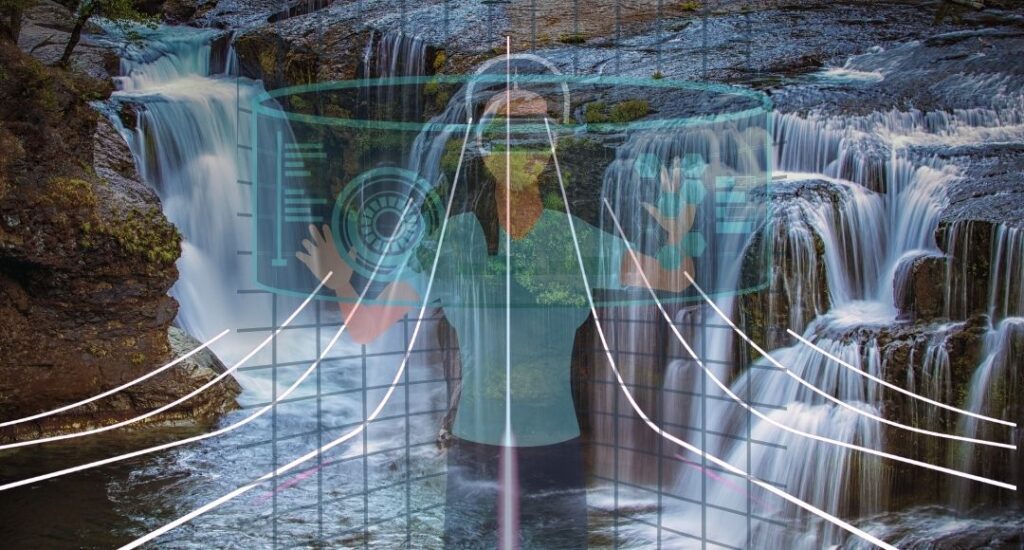
The biggest advantage of “Virtual” reality is that the laws of nature will not apply there. You can feel the opposite gravity or travel faster than the speed of light. You can manipulate time in a way that you want to.
This is why VR is one of the most powerful tools, which has not been created yet. Yes, Virtual Reality has not been created yet.
We are nowhere close to creating a fully realistic simulation of the world around us.
As said in a previous article, defeating the laws of nature inside Virtual reality and being able to live there simply means “defeating nature“.
The step-by-step process – How AI and VR are going to help us achieve time travel

If you are still confused, let me put it most simply; simple at a subatomic level:
For this, we need a VR lens, a space in the physical world where we do all the VR things, the ability to get VR senses, and powerful AI that gathers trillions upon trillions of historical data and then uses that data to build a simulation of the future and an AI program, by using which the user gets an immersive experience of what is “possible”.
VR lens
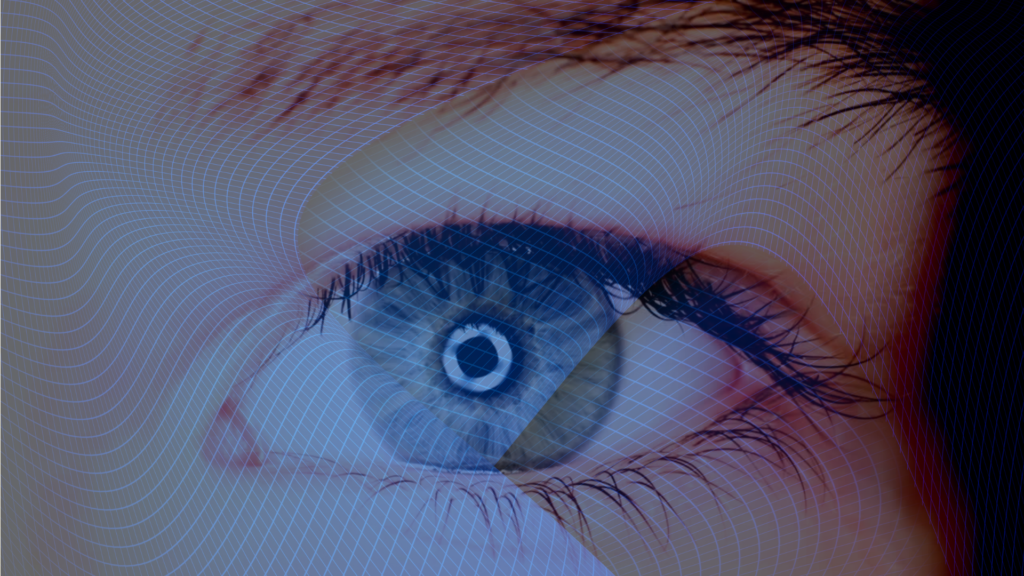
1) First, we need a VR lens that is nothing similar to current VR boxes so that we are immersed in the VR world.
What this means is that we need a 3D VR display; not a normal 2D monitor sitting on your desk. It will virtualize the entire reality around us.
That’s the reason why we need no physical objects to hold in our hands; such as an Oculus Rift or a similar product. It would be like you are inside the videogame world…that’s all we could get from it.
But instead of playing video games, this would be making a “Virtual Reality” out of our current physical world.
Physical world

2) Then we need a space in the physical world where we do all the VR things. Can I call the ‘space’ a time machine?
It’s too early to tell what this “time machine” will look like, but it is safe to assume that it will be a small space, just for our bodies to get adjusted.
VR senses

3) Then we will need the ability to get VR senses. The senses will be able to perceive VR things as if they were real – just like our senses. AI chips will help us feel like everything is real.
We do not need any physical sensors or heads-up displays or anything like that. All of our senses would be virtualized and augmented in a way that we could just see and feel everything as if it was real – just like our physical senses work.
The sensory system works with each other, and now we are going to make it work with the world around us as well.
Data collection and analysis

4) AI collects trillions upon trillions of historical data, microscopically analyzes it, and then uses that data to build a simulation of the future.
This is the final stage, when we have all the necessary ingredients in place, AI will be able to program itself and create a simulation of the future world. Although it won’t be 100% accurate, AI will simulate the most probable future.
Using AI program
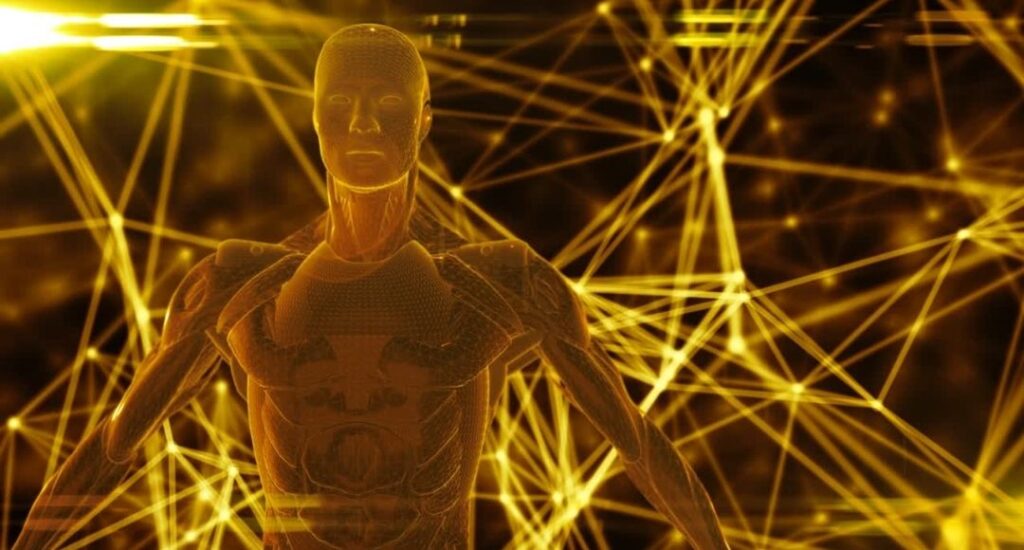
5) Using the AI program, the user gets an immersive experience of what is “possible”. That’s exactly what we are aiming for.
It’s not about “what is going to happen”, but rather “what’s highly possible”.
You would need really really high enough computational power. When I say really really high, I don’t mean an upgrade to our current computers. I mean a revolution, a complete change in the hardware architecture of the hardware.
You would feel like that was real, and when you kill someone, they could really die.
You can see elsewhere what I meant by “being able to live in this world”
How scientific is my theory?
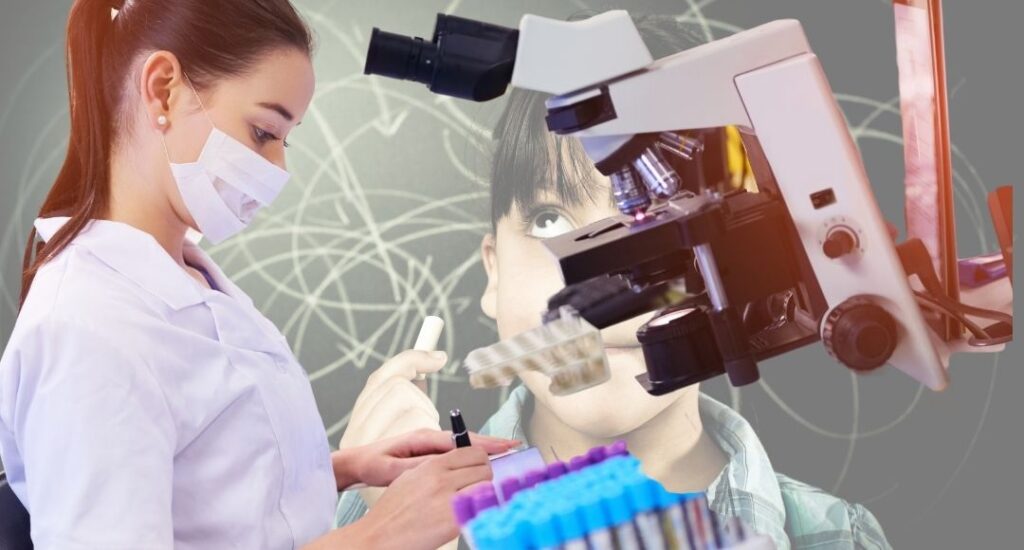
First of all, I would not say that this is “MY” theory. In the current age of the internet, nothing belongs to nobody. I thought that I was the first to realize it, but the fact is that this may or may not be something new. Lots of people have been talking about time travel for ages now.
The most famous is H G Wells’ 1895 book “The Time Machine“, a science fiction novella, which is generally credited with the popularization of the concept of time travel by using a vehicle or device to travel purposely and selectively forward or backward through time.
I have been following time traveling and other time-related theories since I was a kid. But when I became really interested in Artificial Intelligence and Virtual Reality, then this idea just came up naturally by itself.
My theory is based on time traveling because it is the most popular topic related to “time” and it matched my enthusiastic interest to do something different. So I tried to look at the issue of time from the opposite side.
I am not even saying that this is entirely true, there are just a lot of facts that support my theory; such as AI getting good enough, or Virtual Reality making an immersion realistic enough. It’s all about reaching that point, and we can’t explain any reality without imagination.
Final lines
Virtual reality and Artificial Intelligence are undoubtedly the things of the future. The present Amazon Alexa and Sophia are just unborn babies. At the same time, Oculus Rift and other “advanced” VR headsets are still inside the womb.
The future, as I said before, could hardly be predicted, not by the farthest level of AI. But the most likely future I can predict is the one where we surpass the natural laws with the combination of Artificial Intelligence and Virtual Reality.
- AI-Powered PCs: Overhyped Trend or Emerging Reality? - August 21, 2024
- Princeton’s AI revolutionizes fusion reactor performance - August 7, 2024
- Large language models could revolutionize finance sector within two years - March 27, 2024
